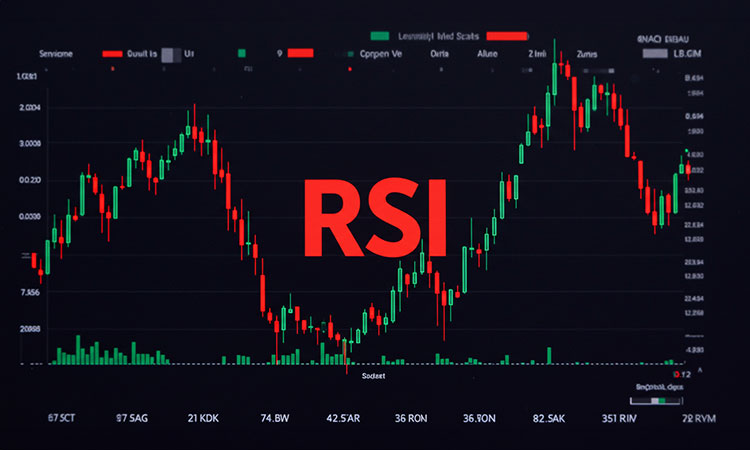
Newsletter Subscribe
Enter your email address below and subscribe to our newsletter

Enter your email address below and subscribe to our newsletter

The Relative Strength Index (RSI) is a momentum oscillator that measures the speed and change of price movements.
Its values range from 0 to 100, typically used to identify overbought and oversold conditions.
Default RSI Setting: 14 periods
But please note: RSI overbought ≠ immediate decline, RSI oversold ≠ immediate rise
Buy Signal: RSI crosses up from below 30
Sell Signal: RSI crosses down from above 70
Suitable for volatile markets, especially box-shaped oscillations.
Bullish Divergence: Price makes lower lows, RSI makes higher lows → Possible reversal upwards
Bearish Divergence: Price makes higher highs, RSI makes lower highs → Possible reversal downwards
Although divergence signals are uncommon, they are more reliable.
Combining trend judgment is more robust.
For example: in an upward trend, only look for buying opportunities when RSI is below 30, and do not short easily.
The RSI is a powerful but often misunderstood tool. When used with proper confirmation signals, it can greatly improve your entry and exit timing.